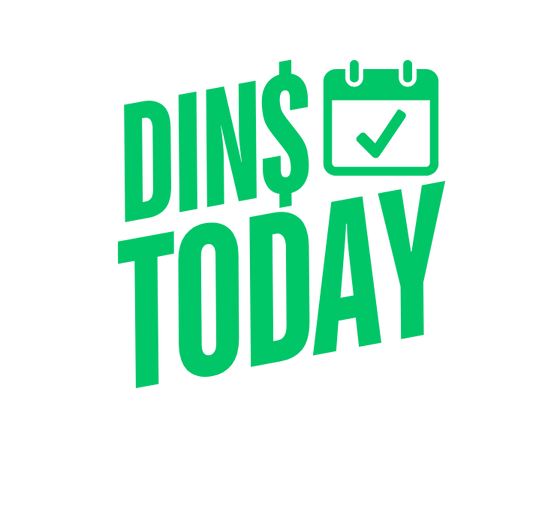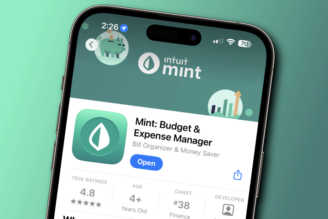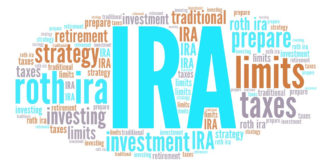Recession Budget Checklist: Essential Steps to Secure Your Finances
Learn how to build a strong financial plan that protects your income, reduces debt, and helps you stay secure during economic downturns.
How to Budget and Thrive During a Recession?

Economic slowdowns can be stressful, but the right preparation can make a world of difference. A recession doesn’t just affect stock markets or big corporations, it also impacts everyday people through job losses, reduced hours, and rising living costs.
Building a recession-ready budget is one of the smartest moves you can make to protect yourself and your family.
This guide walks you through a simple, actionable checklist to strengthen your financial foundation before, during, and after tough economic times.
1. Understand What a Recession Budget Is
A recession budget is a financial plan designed to help you prioritize essentials and cut unnecessary spending during an economic downturn.
Unlike a regular monthly budget, it focuses heavily on resilience, protecting your income, maintaining liquidity, and adjusting to uncertain or reduced earnings.
In practical terms, this means looking at your current budget and identifying which expenses are “needs” and which are “wants.” Rent, groceries, utilities, insurance, and debt payments are non-negotiables.
Streaming subscriptions, frequent dining out, and luxury purchases are the first to go when tightening up your finances.
Think of a recession budget as your financial survival kit, it ensures that even if your income drops or prices rise, you can still cover your basic needs without accumulating more debt.
2. Review and Reassess Your Income Sources
Start by taking a close look at where your money comes from. If your primary job is at risk, explore additional income streams now, before layoffs happen. Consider side gigs, freelancing, or part-time opportunities that match your skills.
You don’t need to work 80 hours a week; even a small side income can serve as a safety net.
Many Americans turn to remote or gig-based work through platforms like Upwork, DoorDash, or Etsy during economic slowdowns. Having multiple income streams can soften the blow if your main source dries up.
3. Track Every Expense for 30 Days
Before making cuts, you need to see exactly where your money goes. Spend one month tracking every purchase, yes, even that $5 coffee.
Apps like Mint, YNAB (You Need a Budget), or Rocket Money can automate this process and categorize your spending.
Once you have the data, highlight the non essential expenses. Seeing it visually makes it easier to decide what to pause or reduce. Many people are surprised by how much they can save simply by trimming discretionary costs.
4. Build or Refill Your Emergency Fund
If you don’t already have one, start an emergency fund now. Aim to save three to six months’ worth of living expenses.
Even if that sounds impossible, begin with what you can, $25 or $50 a week adds up over time.
Keep this money in a high-yield savings account that’s easy to access but separate from your checking account.
In times of uncertainty, liquidity is more valuable than high returns. Avoid risky investments when your financial security is the goal.
5. Cut Back Without Cutting Out Joy
Budgeting during a recession doesn’t mean living miserably. Look for free or low-cost ways to enjoy life, like community events, library resources, or outdoor activities.
Cooking at home, streaming instead of going to theaters, or swapping expensive gym memberships for home workouts can all make a difference.
These small adjustments keep morale high without derailing your savings plan.
6. Keep Adjusting as Conditions Change
Your recession budget isn’t set in stone. Review it every few months and make changes based on your income, expenses, and overall financial goals.
Once the economy starts to recover, you can gradually reintroduce certain discretionary expenses, but keep your good habits intact.
Final Thoughts
A recession budget isn’t about fear, it’s about control. It empowers you to make thoughtful decisions, prioritize what matters most, and stay financially stable no matter what the economy looks like.
Start with one small step today, whether it’s tracking expenses or opening a high-yield savings account. Each move you make brings you closer to financial security and peace of mind.





